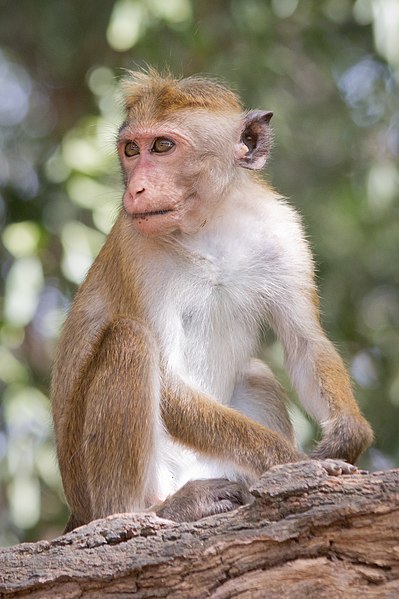The Japanese macaque, also known as the snow monkey, is a terrestrial Old World monkey species that is native to Japan. Colloquially, they are referred to as "snow monkeys" because some live in areas where snow covers the ground for months each year – no other non-human primate lives farther north, nor in a colder climate. Individuals have brownish grey fur, pinkish-red faces, and short tails. Two subspecies are known.
Japanese macaque
Skull of a Japanese macaque
Japanese macaques grooming
Japanese macaques at Jigokudani Hotspring in Nagano have become notable for their winter visits to the spa
The macaques constitute a genus (Macaca) of gregarious Old World monkeys of the subfamily Cercopithecinae. The 23 species of macaques inhabit ranges throughout Asia, North Africa, and Europe. Macaques are principally frugivorous, although their diet also includes seeds, leaves, flowers, and tree bark. Some species such as the long-tailed macaque will supplement their diets with small amounts of meat from shellfish, insects, and small mammals. On average, a southern pig-tailed macaque in Malaysia eats about 70 large rats each year. All macaque social groups are arranged around dominant matriarchs.
Macaque
The premotor cortex of macaques is widely studied.
M. fascicularis on a scooter at Ko Chang, Thailand
Image: Macaca sinica 01








